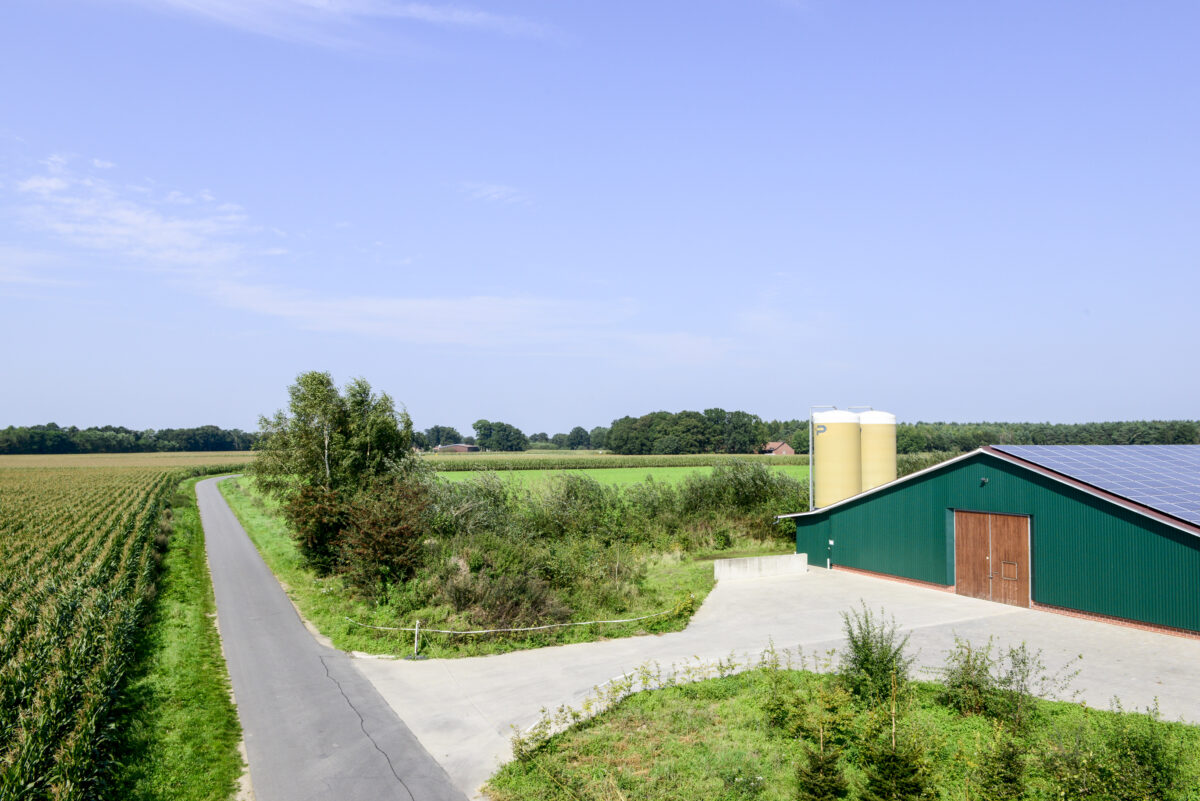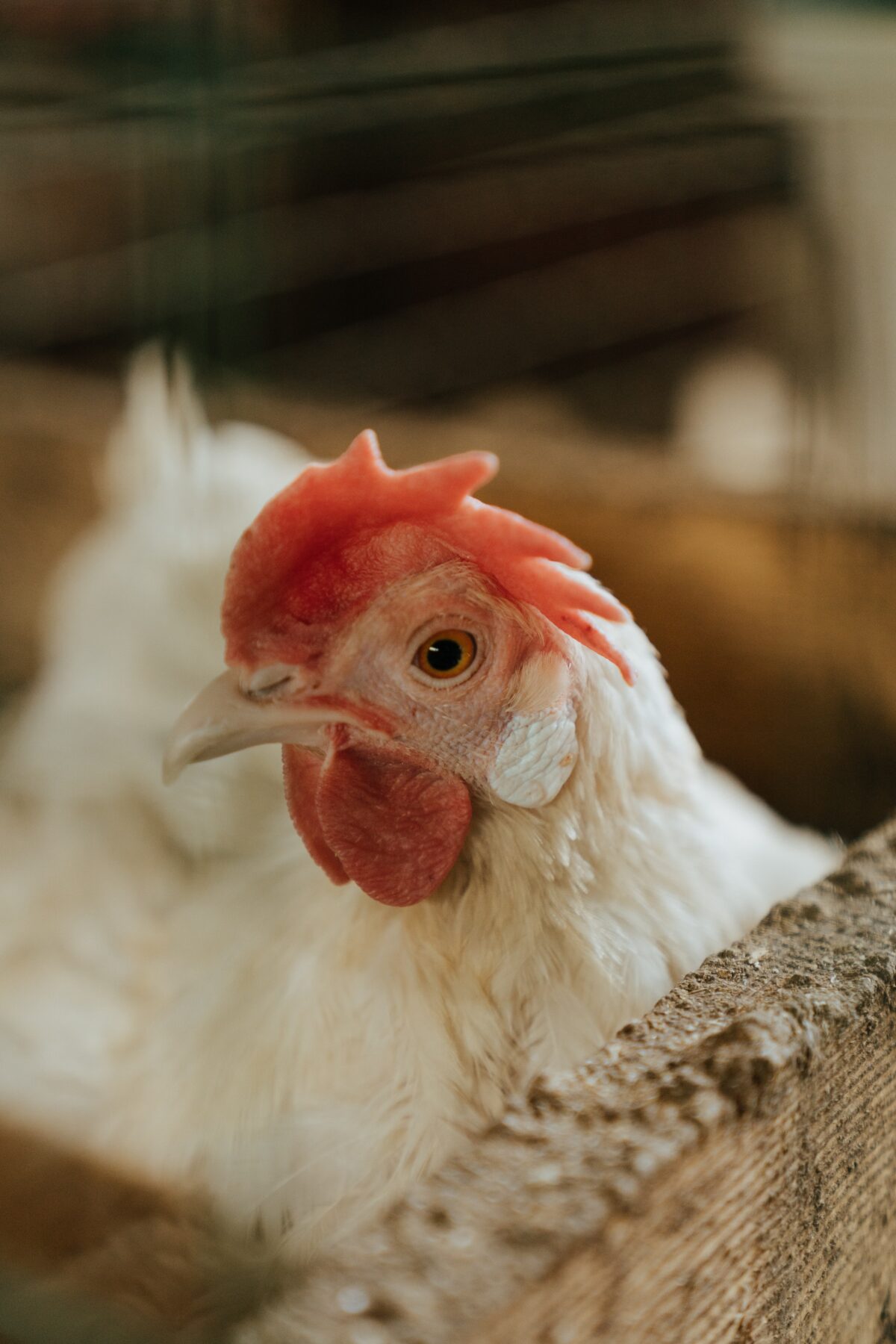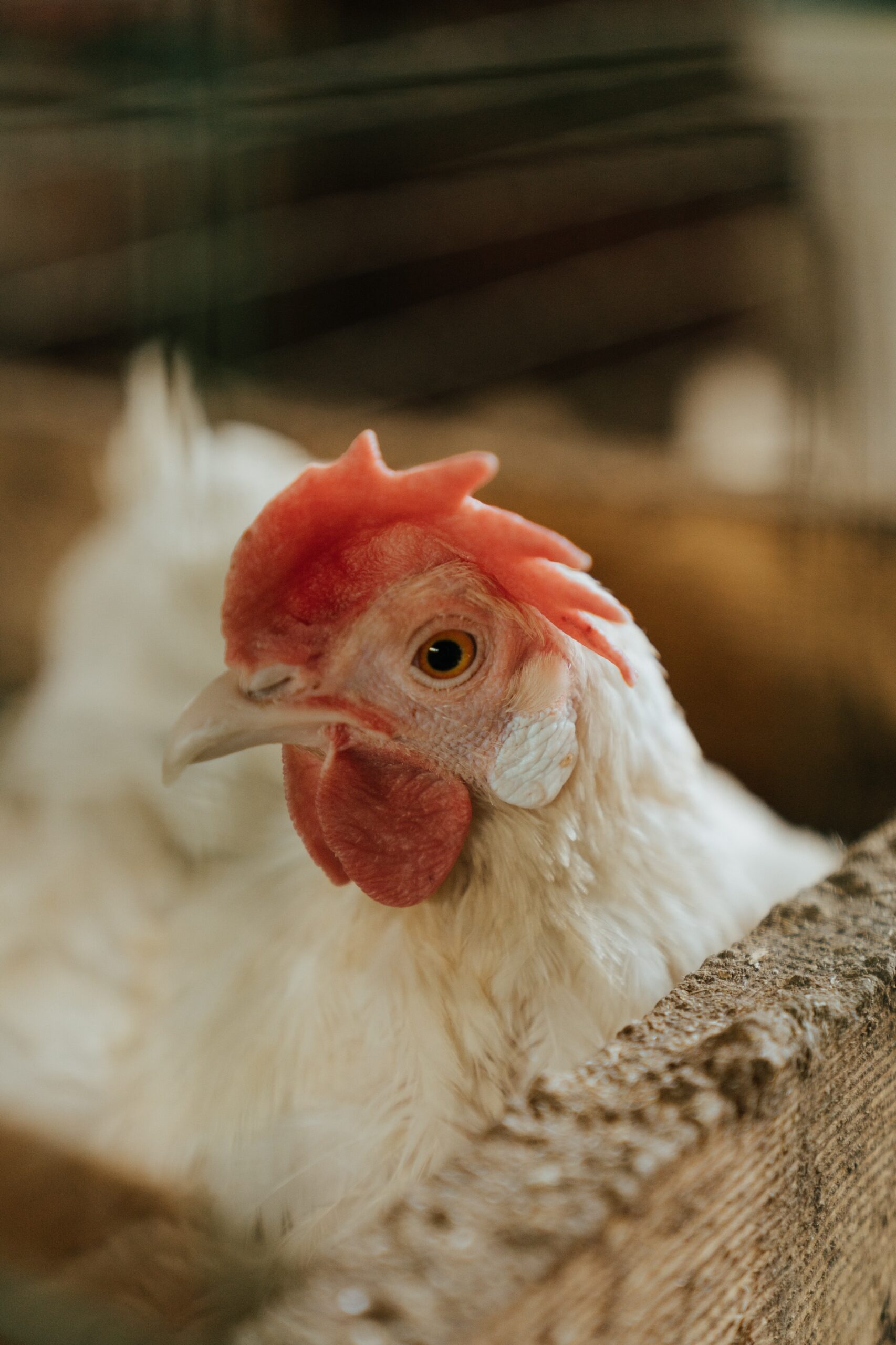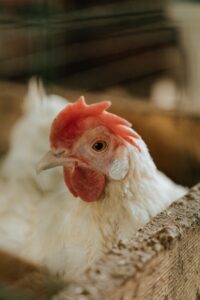European Poultry is Climate-Smart
The European poultry meat sector strives to build a healthier and more sustainable European food system. In particular, the European poultry sector is determined to best balance between the three pillars of sustainability: environmental, social, and economic, aiming at ensuring full access for Europeans to sustainable poultry meat.
For an environmentally friendly food production
Climate-smart agriculture (CSA) is an approach included in the EU’s initiatives such as Farm to Fork strategy, aimed at transforming agri-food systems to more environmentally friendly and climate-resilient practices. The CSA is committed to achieving internationally agreed goals such as the Sustainable Development Goals and the Paris Agreement . Its three primary goals are to increase agricultural output and incomes in a sustainable manner, adapt to and build resilience to climate change, and reduce greenhouse gas emissions.
Within the framework of Climate-Smart Agriculture and food productions, the European Poultry sector strives for a more sustainable sector, through the development of environmentally friendly production methods.
Through the Environmental sustainability pillar, the sector develops methods and strategies that contribute to reducing its environmental footprint and to make a more efficient use of resources.

Image by BVG Germany
The European poultry meat sector strives to build a healthier and more sustainable European food system. In particular, the European poultry sector is determined to best balance between the three pillars of sustainability: environmental, social, and economic, aiming at ensuring full access for Europeans to sustainable poultry meat.
For an environmentally friendly food production
Climate-smart agriculture (CSA) is an approach included in the EU’s initiatives such as Farm to Fork strategy, aimed at transforming agri-food systems to more environmentally friendly and climate-resilient practices. The CSA is committed to achieving internationally agreed goals such as the Sustainable Development Goals and the Paris Agreement . Its three primary goals are to increase agricultural output and incomes in a sustainable manner, adapt to and build resilience to climate change, and reduce greenhouse gas emissions.

Image by BVG Germany
Within the framework of Climate-Smart Agriculture and food productions, the European Poultry sector strives for a more sustainable sector, through the development of environmentally friendly production methods.
Through the Environmental sustainability pillar, the sector develops methods and strategies that contribute to reducing its environmental footprint and to make a more efficient use of resources.
The European poultry meat sector strives to build a healthier and more sustainable European food system. In particular, the European poultry sector is determined to best balance between the three pillars of sustainability: environmental, social, and economic, aiming at ensuring full access for Europeans to sustainable poultry meat.
For an environmentally friendly food production
Climate-smart agriculture (CSA) is an approach included in the EU’s initiatives such as Farm to Fork strategy, aimed at transforming agri-food systems to more environmentally friendly and climate-resilient practices. The CSA is committed to achieving internationally agreed goals such as the Sustainable Development Goals and the Paris Agreement . Its three primary goals are to increase agricultural output and incomes in a sustainable manner, adapt to and build resilience to climate change, and reduce greenhouse gas emissions.
Within the framework of Climate-Smart Agriculture and food productions, the European Poultry sector strives for a more sustainable sector, through the development of environmentally friendly production methods.
Through the Environmental sustainability pillar, the sector develops methods and strategies that contribute to reducing its environmental footprint and to make a more efficient use of resources.

Image by BVG Germany
Environmental Sustainability as a top priority
European farmers of the poultry sector are committed to preserving natural resources, reducing greenhouse gas emissions and providing safe, affordable and quality poultry meat to European citizens and consumers.
Through the following strategies, the sector ensures a climate-smart approach of its activities:
- itigation and/or adaptation to climate change
In Europe we produce meat in a very climate-sensitive way. To improve the environmental and carbon footprint of the production of poultry meat, the sector has revolved its attention specifically on developing better use of natural sources, better breeding systems and feed utilisation. Such improvements have led to needing 0,5 kg less per animal, to a reduction in the land needed to produce feed (- 37%), the water usage needed by 1 L and, consequently, a reduction of the GHG emissions up to – 15%.
- Innovation and investment into green technologies:
Reduction of use of fossil fuels is one of the main goals for the development of new and more modernised production methods, for farmers and all actors of the poultry production chain.
The use of alternative techniques such as heat pumps or biomass to heat poultry houses, of additives to improve digestibility and reduce excretions in the environment, the installation of solar panels or windmills for green electricity or use the manure as green energy source by investing in biogas plants, has led to a growing reduction of the impact of the sector on the environment each year.
- Reduction of the use of feed associated with deforestation:
By supporting initiatives like those present in national qualification schemes, the efforts of EU poultry producers are visible and focused on managing the risk of certified soy usage, securing a soy supply that helps limit the deforestation effect.
Using alternatives to soy encourages the employment of protein crops locally produced in Europe, as well as mitigates the risk associated with deforestation and shortens the feed supply chain.
- Sustainable use of natural resources
A strict legislative framework applies to food producers in the EU, requesting the reduction of air, water and land emissions as a result of their activity. poultry farms and slaughterhouses exceeding the threshold of 40 thousand bird places, alongside processing plants with a production capacity greater than 50 T per day are subject to the scope of the Industrial Emission Directive, for which a “permit to operate” is conceded by national authorities. This permit (currently under revision ) is delivered under strict conditions, seeking the highest level of protection of the whole environment.
While operators are required to comply with this permit in their activities, a constant action to improve the impact of these activities on natural resources through the development of reduced consumption techniques and production methodologies is carried out by such operators.
In conclusion, environmental sustainability in the European poultry sector aims to guide the sector to the most efficient use of natural resources, through innovation and investment in greener technologies and taking actions like mitigation of climate change and fight against deforestation as its priority. A climate-smart approach of the European Poultry sector is essential to achieve the goals of sustainability of this campaign in environmental terms. European poultry is good for you and for the planet – make your smart choice!
No antibiotics residues in poultry meat
Although antibiotics are used in case of necessity to guarantee the health of the animal, consumers can be sure that no residue of medicament will be found in poultry commercialized meat.
When the use of antibiotics to treat the sick bird is unavoidable, a period of time is ensured before slaughter to guarantee no trace of the medicament remains in the meat sale for consumption. This lack of residues is also checked in slaughterhouses, ensuring complete safety for consumers.
Remarkable progresses all over the EU
The EU poultry sector has been making remarkable progress in the reduction of the use of antibiotics following the European Commission’s One Health Action Plan Against Antimicrobial Resistanceaimed at mitigating antimicrobial resistance.
According to the European Surveillance of Veterinary Antimicrobial Consumption, overall annual sales of antimicrobials for food-producing animals in Europe shows a decline of antimicrobials in food-producing animals in Europe by more than 43% between 2011 and 2020.
More specifically, in the participating countries of this campaign, this decline shows that:
- In Germany, overall annual sales of antimicrobials declined by 60.4% between 2011 and 2020
- Between 2011 and 2020, sales of veterinary antimicrobial medicines decreased by 44% in France. The initiative by the major production sectors and veterinarians to decrease the sales of antimicrobial agents in food-producing animals has paid off.
- In Spain, sales of polymyxins destined for food-producing animals decreased by 90.3% from 2017 to 2020 and by 97.5% from 2014 to 2020.
Promotion programme to inform about the Sustainable European Poultry Sector
SUST EU POULTRY is a two-year promotion campaign supported by the European Commission and launched by three national poultry associations (from Germany, France and Spain) and their European umbrella association (from Germany, France and Spain) with the main goal of raising awareness among European consumers and professionals about the sustainability of the poultry sector and a product of great quality.
You can also learn more about sustainability of the sector by downloading our press kit here.
Additional information
PRESS CONTACT Ana María Martín ATLAS MARKETING STUDIO internacional@atlasmarketingstudio.com | CONTACT AVEC Federica Chiarella AVEC SECRETARIAT fc@avec-poultry.eu
|
The content of the present advertising solely represents the opinion of the author and is the exclusive responsibility of the same.
The European Commission assumes no responsibility for the use that may be made of the information contained therein.















